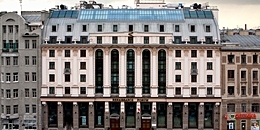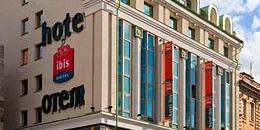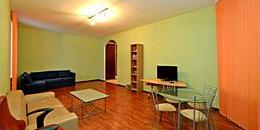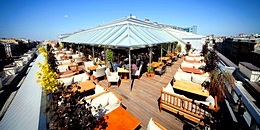Ligovsky Prospekt
At different times, Ligovsky Prospekt has been a high road, a canal, a boulevard, and a simple street. It has been home to St. Petersburg's poor, to factory chimneys belching smoke, and to the city's first trams. In its way, it has always had a central role to play in the city's history.
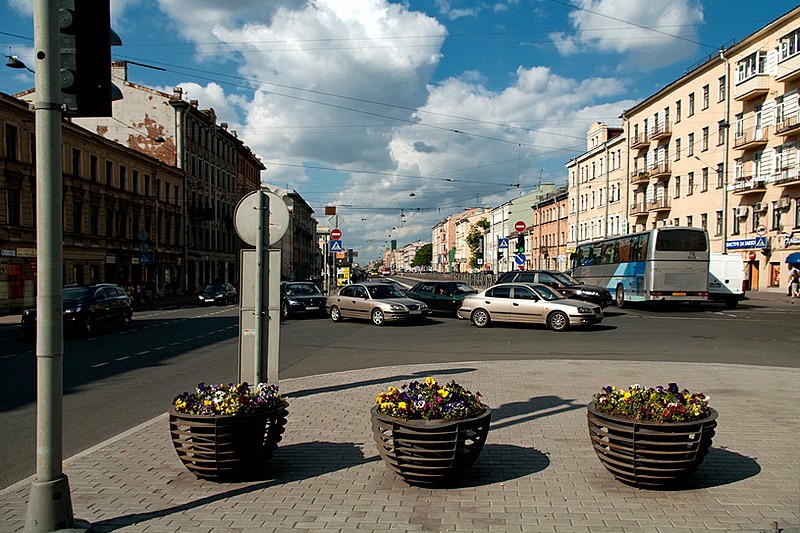
There was a road on the site of Ligovsky Prospekt even before the founding of St. Petersburg - the Novgorod High Road, which connected the settlements in the Neva Delta with Novogorod the Great and Moscow. In St. Petersburg's earliest years, it was the only road to the city from the south. However, as the road ran across marsh land and was often impassable, it was soon replaced by alternative routes. From 1718 to 1725 a canal was excavated there, connecting the Liga River with the pools feeding water to the fountains in the Summer Garden.
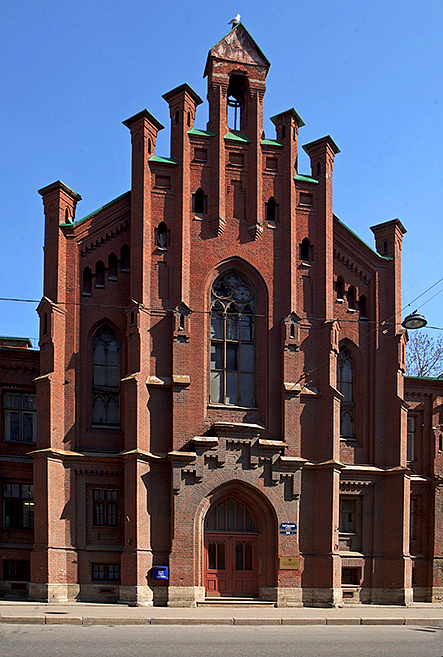
Flooding in 1777 destroyed the Summer Garden fountains and the banks of the Ligovsky Canal, after which the canal was left to ruin. The renaissance of the Ligovsky region came in the second half of the 19th century, starting with the building of Moscow Railway Station (1847 to 1851). Further south, the years 1848 to 1851 saw the construction of the Cathedral of Exaltation of the Cross (the "Cossack Cathedral"), while the Greek Orthodox Church of Demetrius of Thessaloniki (demolished 1962) was built between 1861 and 1866. Ligovsky Prospekt was rapidly filled out with cheap tenement buildings, inns, and hospitals for the poor. There was space among them, however, for a few mansions of the rich. Among the more interesting architectural monuments of that era are the San Galli Mansion, the Rauchfuss Pediatric Hospital, the Evangelical Women's Hospital, and the art nouveau Yekimov Apartment Building by Wilhelm van der Gucht.
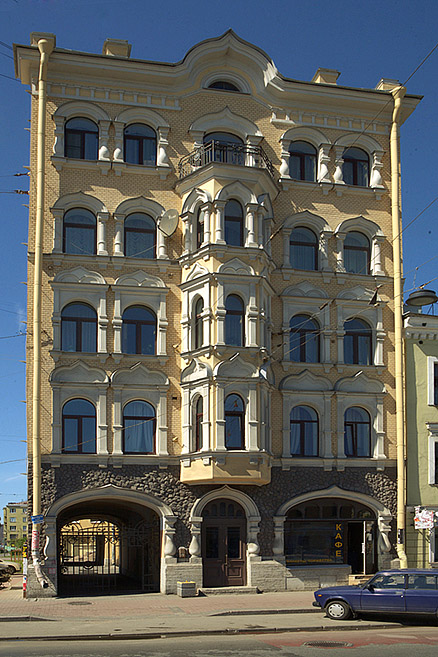
In 1892, the section of the canal running from Fontannaya Ulitsa to the Obvodny Canal was filled in, and the newly formed street was called Ligovskaya Ulitsa. By that time, as is often the case around major railway stations, Ligovsky Prospekt had gained a reputation as a dangerous, criminal area. Respectable Petersburgers were regularly shocked by news of violent crimes in the area.
The October Revolution did little to change the tone of the neighborhood. The area around Ligovsky was the stomping ground of the legendary early 1920s bandit Lenka Panteleev, who gained a reputation as a Soviet Robin Hood by robbing only those made rich by the unpopular New Economic Policy. It is also probable that the word "gopnik", a Russian slang term similar to "chav" or "trailer trash", had its origins in the Gorodskoe Obshchezhitie Proletariata - "City Hostel for the Proletariat" - that was established in the former Grand Hotel du Nord (now the Okyiabrskaya Hotel) to accommodate vagrants and demobbed Red Army troops.
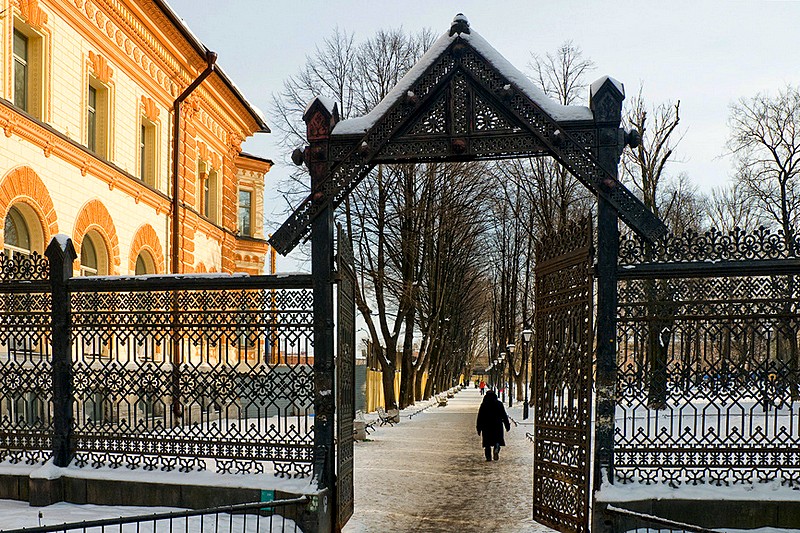
In 1926, the southern section of the Ligovsky Canal stretching to Moskovsky Prospekt was also filled in, becoming an extension of Ligovskaya Ulitsa. It became home to a variety of plants and factories. In 1952 Ligovskaya Ulitsa was rechristened Stalingradsky Prospekt, and then Ligovsky Prospekt in 1956.
Ligovskaya Ulitsa was used as the route for St. Petersburg's first horse-drawn streetcars, and then steam-powered and electric trams. In Soviet times, of the city's 66 tram routes seven ran along Ligovsky, and it is now one of the few streets in the city centre to have a tram route.

Although it has long been part of the historic centre and has mostly been renovated and gentrified, Ligovsky Prospekt still retains traces of its colorful history, an atmosphere of seediness and industrialization. It is well worth exploring not only the street itself (at least the northern section up to Obvodny Canal), but also taking time to look into its numerous courtyards and lanes, to get a feeling for the other side of St. Petersburg.
| Metro stations: | Ploshchad Vosstaniya / Mayakovskaya, Ligovsky Prospekt, Obvodny Kanal |
|---|---|
| Best walking route: | From Ulitsa Nekrasova to the Obvodny Canal (2.7km) |
| What's here? | San Galli Mansion, Rauchfuss Pediatric Hospital, Evangelical Women's Hospital, Yekimov Apartment Building, Cathedral of Exaltation of the Cross (Krestovozdvizhensky), Moscow Railway Station, Oktiabrskaya Hotel, Big Concert Hall (BKZ) |
| What's nearby? | Nevsky Prospekt, Ploshchad Vosstaniya, Obvodny Canal, Moskovsky Triumphal Gates, Moskovsky Prospekt |

